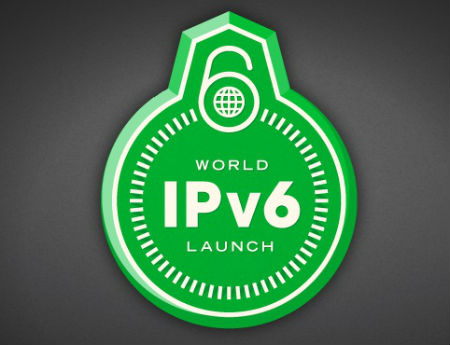IPv6 Transition Is Slow, But Growing: Study

Most wired and wireless network operators have IPv6 transition plans underway, but just a small percentage of them are IPv6-ready, according to a study from device provisioning and IP address and bandwidth management firm Incognito Software.
Incognito, which polled 51 cable, wireless and wireline operators from around the globe for its “IPv6 Readiness” survey, found that about ¾ of the group are planning or actively transitioning to IPv6 as the pool of IPv4 addresses continues to run dry. But only 14% considered themselves IPv6-ready, while roughly 35% were in the planning stage, and 10% had not even started their transitions, according to the survey.
Meanwhile, fewre than 4% of the network operators identified as completing IPv6 adoption have begun to offer IPv6 to end customers.
The level and pace of adoption was not uniform, with 34% of those surveyed with IPv6 work underway saying they expect to complete their rollout within a year, while 33% of the group said they expect to wrap up adoption within two years.
About 83% of those surveyed that do have IPv6 plans underway said the biggest driver is the dwindling pool of IPv4 resources, while 40% cited a lack of trust in the Network Address Translation (NAT) protocol, which allows multiple devices to connect with the same Ipv4 address, and 30% identified long-term costs as a big driver for IPv6.
Among the top challenges, half put customer premises equipment upgrades at the top, while educating customers ranked as the second most formidible hurdle to IPv6 deployment.
Most operators surveyed – nearly 90% -- said “dual stack” deployments, whereby IPv4 and IPv6 run parallel to each other, is their preferred method of adoption. Incognito said that’s not a surprise given the high number of IPv4-enabled devices on the market now.
Multichannel Newsletter
The smarter way to stay on top of the multichannel video marketplace. Sign up below.
“Investing in a robust IP address management solution is important for operators who need to stay up-to-date on existing IP assignments and available addresses – especially for those who are using dual-stack methods to complete their deployments – so they can both attract new subscribers and anticipate potential conflicts before they cause serious issues for their existing users,” Incognito president and CEO Stephane Bourque, in a statement.
Incognito conducted its IPv6 Readiness survey last fall via email and social media channels that included LinkedIn and Twitter. Of the 51 accepted respondents, 43% were based in the Europe, Middle East and Africa region, followed by North America (31%), Latin America (14%), and the Asia Pacific (12%). According to Incognito, 47% of the surveyed group were cable operators, 19% were wireless service providers, 14% were wireline operators, and 2% were satellite. About 33% of those surveyed served subscriber bases of more than 1 million.
